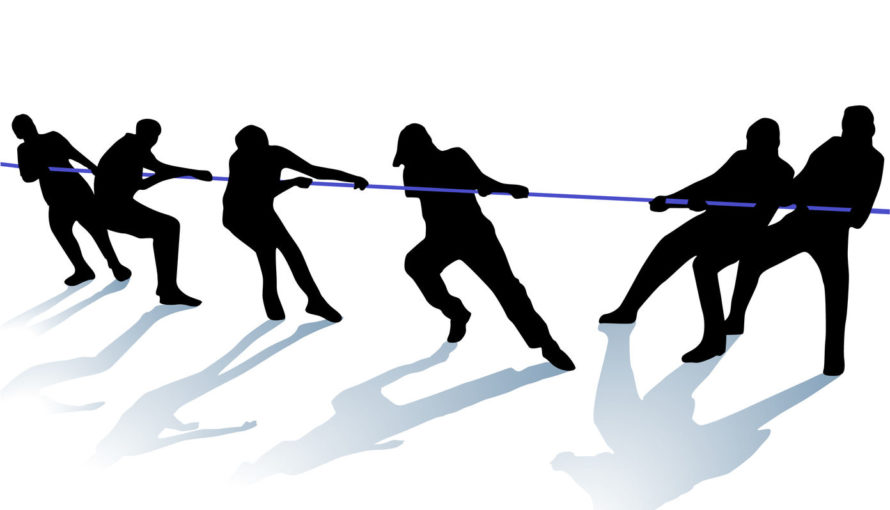Is Competition or Collaboration Driving Teamwork?

The clock started and all four teams hunched over their tables and started to strategize. We could feel the tension rise in the room of Type A executives, each wanting to prove their worth on the team they had been assigned. Through teamwork, their goal for the next 12 minutes, was to replicate a structure hidden from view by the teams as a whole. Individual team members could walk to the hidden structure one at a time, and report back to the group.
The teams quickly got to work, gathering data. Certain participants silently sized up their team members, others made an effort to build camaraderie and teamwork.
The clock ticked down and with only seconds left, the most high-powered team scrambled to put their pieces into place, but in their haste, someone bumped the structure and it completely fell apart. “Time’s up,” we called.
Audible sighs of relief or frustration, and cheering from the winning team filled the room.
In the discussion that followed, we asked the teams what strategies they used to plan their build. Half of the groups said they took a team assessment of everyone’s strengths and weaknesses before starting. The high-powered team that crashed and burned did not. Had they done a quick run-down of skills and knowledge, they would have discovered that one team member had a photographic memory – a skill that would have been highly useful in this teamwork exercise.
 Teamwork Requires Learning from Each Other
Teamwork Requires Learning from Each Other
Sharing is such a simple concept. Yes, we are busy people with serious problems to solve and hundreds of demands on our time. But remember the 70-20-10 rule of learning — we learn from hands-on experience 70% of the time, from others 20%, and from professional development/instruction/books 10%. Our organization’s greatest asset is our people. Finding opportunities to build stronger skill development, shared knowledge and experience increases individual performance, and strengthens the team bench.
In order to keep up with change, we have to help our teams learn continuously. If the rate of learning inside an organization is greater than the external change, the organization succeeds.

